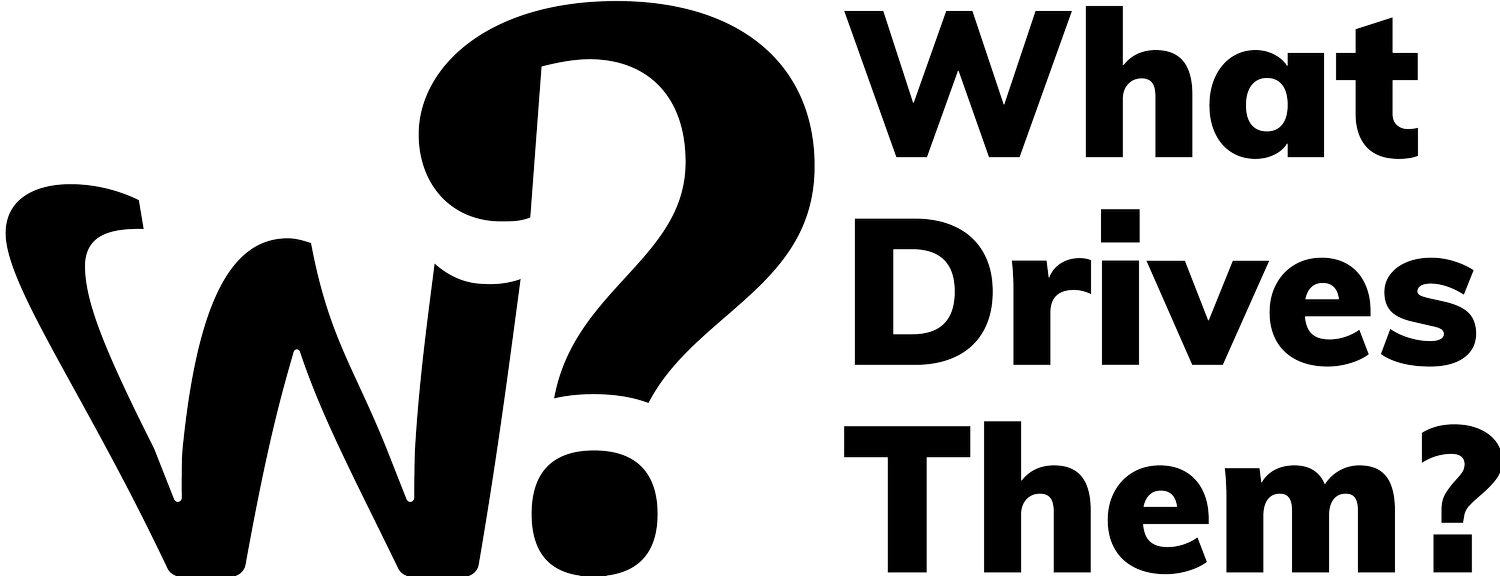The Story Of Consumer Psychology So Far…
In the bustling marketplace of the world, where shopping is as routine as a morning cuppa, we find the intriguing study of consumer behaviour. This narrative isn't just about transactions; it's an exploration through history, featuring the shopper in a starring role. Our adventure begins in the aftermath of World War II, during the 1940s and 1950s, when the study of consumer behaviour first emerged, transforming the mundane task of shopping into a subject of scholarly interest.
Our cast includes luminaries from psychology and other disciplines. Consider John Watson and B.F. Skinner, who taught us that our shopping actions could be seen as responses to external cues. Then there's Abraham Maslow, with his hierarchy of needs, explaining our attraction to products that offer security, esteem, and ultimately, self-fulfilment.
Herbert Simon introduced the idea of "bounded rationality," proposing that our shopping decisions are made within the confines of our available information and cognitive limitations. And we can't overlook Ernest Dichter, the pioneer of motivational research, who delved into the subconscious desires driving our shopping habits, making marketers everywhere sit up and take notice.
As our understanding of consumer behaviour deepened, the story expanded to include insights from sociologists, anthropologists, and economists. They contributed frameworks and processes that guide us through our shopping journeys, from the initial realization of a need, inspired by the decision-making models of Howard and Sheth, to the search for information, evaluation of options, and the final purchase decision.
Supporting our protagonist, the consumer, is a diverse cast including market researchers, data analysts, and neuroscientists. Together, they seek to uncover why we prefer certain brands and how cultural influences shape our spending. Employing methods like observational research, eye-tracking, and even brain scanning, these modern-day explorers aim to decode the mysteries behind our purchasing choices.
Philip Kotler and Michael Solomon are also key figures, offering crucial insights into how marketing can influence consumer behaviour and the importance of understanding consumer needs and the consumer decision process.
The tale of consumer behaviour is enriched by collaboration across fields, from psychology to technology, all aimed at deciphering why we buy what we buy. It's a story that continues to evolve, with each discovery adding depth to our understanding of the shopper's journey.
In this vast narrative of commerce, the study of consumer behaviour stands as a testament to human curiosity, underscoring our relentless quest to grasp the "why" behind our shopping habits. For market researchers, it provides a roadmap to predict and influence consumer choices. For advertisers, it's a guide to crafting messages that resonate with the consumer psyche. For product designers, understanding consumer behaviour is crucial for creating goods that meet and exceed consumer expectations. And for policymakers, it offers insights into how consumer protection laws and regulations can be designed to safeguard consumer interests effectively.

